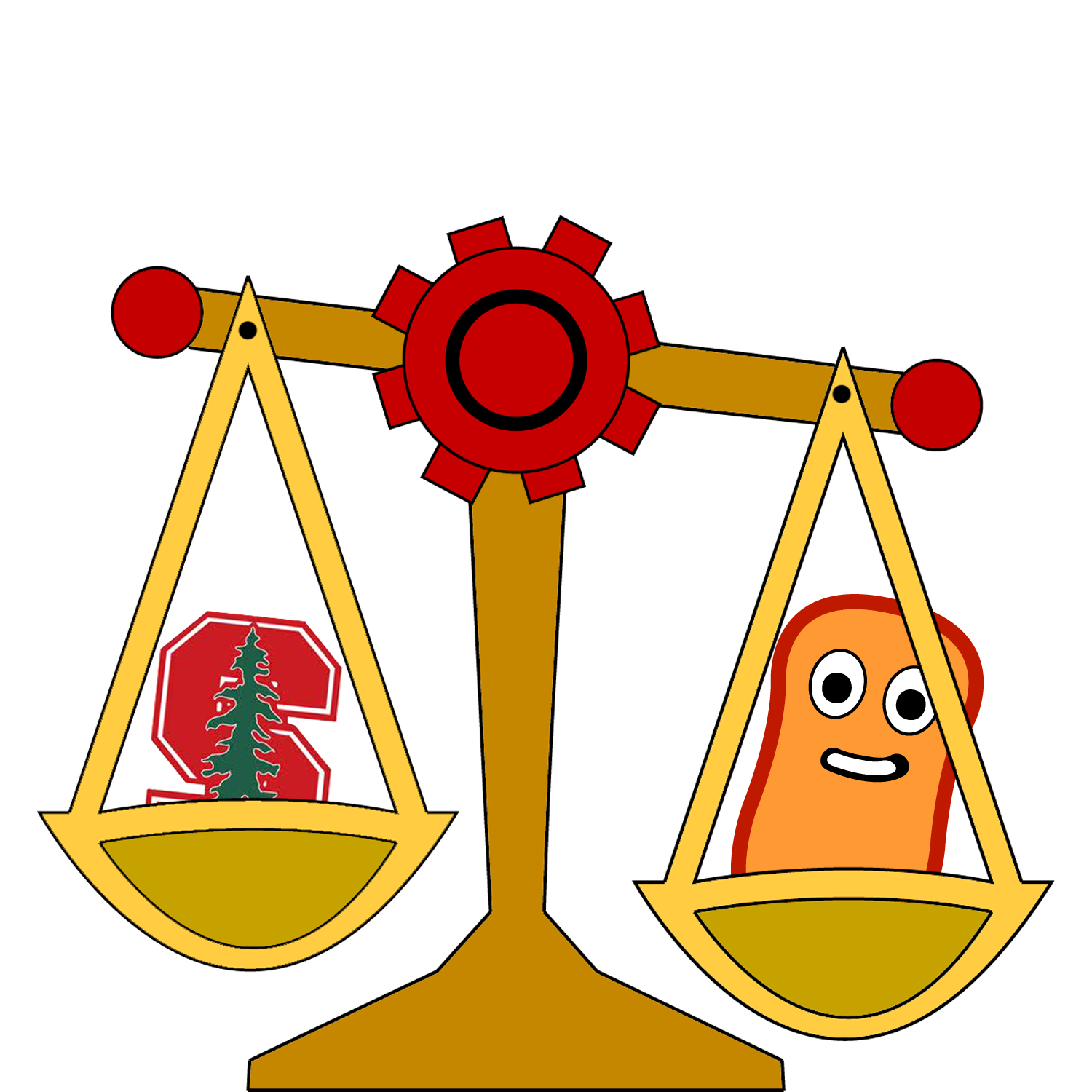Team:Stanford
From 2010.igem.org
| Line 28: | Line 28: | ||
With the Stanford 2010 team's ratio sensors, synthetic biologists will be able to create more responsive genetic machinery capable of solving all sorts of problems. | With the Stanford 2010 team's ratio sensors, synthetic biologists will be able to create more responsive genetic machinery capable of solving all sorts of problems. | ||
Why not take a look at a few examples on our [[Team:Stanford/Applications| Applications]] page? | Why not take a look at a few examples on our [[Team:Stanford/Applications| Applications]] page? | ||
| + | |||
| + | ==Twitter Project== | ||
| + | |||
| + | Our team also created an iGEM 2010 list on Twitter to allow teams to help each other solve lab problems and share ideas. Check out our story [[Team:Stanford/Twitter| here.]] | ||
==Acknowledgements== | ==Acknowledgements== | ||
Revision as of 06:34, 26 October 2010

| Home | Project | Applications | Modeling | Parts | Team | Notebook |
Contents |
Welcome to the Stanford team Wiki for iGEM 2010
Stanford iGEM is a student-run, faculty-directed research group at Stanford University. The objective of our interdisciplinary group is to design and build novel engineered biological systems using standardized DNA-based parts to submit to the iGEM (International Genetically Engineered Machines) competition, held annually at MIT. Our research draws from the principles of synthetic biology, an emerging interdisciplinary and multidisciplinary area that involves the design and construction of biological systems. Here is our team for the 2010 competition.
If you are looking for our winning 2009 project, check out our old site.
Our Project: EscheRatio Coli!
This year our team created a new tool for the synthetic biologist's toolkit: a system to allow E. coli to sense the ratio of two different chemicals in its environment and produce a protein output based on that ratio.
We've implemented two different ratio sensor designs:
- an sRNA-based sensor that reports the relationship between the present ratio of the chemicals and a single desired ratio via the presence or absence of signal
- a kinase-phosphatase sensor that reports the exact ratio via the intensity of the signal
Why Ratios?
Ratios run the biological world, from the complex functions of the Circadian cycle to minute stoichiometric interactions. And yet synthetic biologists have so far had no way of utilizing chemical ratios as means of controlling cell behavior. Until now.
With the Stanford 2010 team's ratio sensors, synthetic biologists will be able to create more responsive genetic machinery capable of solving all sorts of problems. Why not take a look at a few examples on our Applications page?
Twitter Project
Our team also created an iGEM 2010 list on Twitter to allow teams to help each other solve lab problems and share ideas. Check out our story here.
Acknowledgements
The following individuals have played an instrumental role in the success of our iGEM team. We would like to extend our heartfelt appreciation to the following faculty, postdocs and graduate students:
Faculty Sponsors
- Drew Endy
- Christina Smolke
Post Graduate/Graduate Student Mentors
- Graham Anderson
- Ryan Bloom
- Jerome Bonnet
- Andy Chang
- Annie Hazlehurst
- Ying Lei
- Francois St. Pierre
- Ariane Tom
- Isis Trenchard
- Christopher VanLang
- Rayka Yokoo
- Bo Zhou
Our Executive Director
- Anusuya Ramasubramanian
Our Sponsors
- Stanford University Department of Bioengineering
- Bio-X
- Stanford University Vice Provost for Undergraduate Education
 "
"

